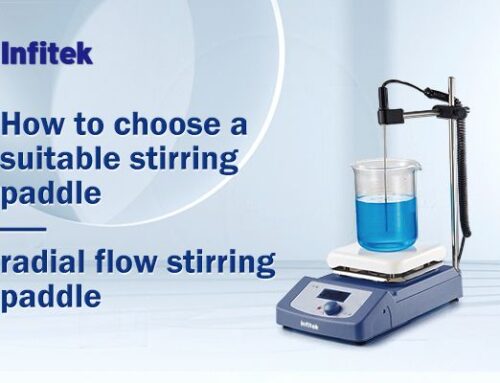From hidden areas that are hard to access for cleaning to dangerous dirt traps that provide a perfect home for bacteria to thrive and grow, there are many unseen hazards in poorly planned and managed laboratories.
In my career, I’ve been privileged to visit some incredible pharmaceutical facilities and sophisticated manufacturing operations. With stylish, ergonomic, and impactful design, many of these high-tech office spaces really have the wow factor. But it’s when I go behind the scenes that I really start to pay attention. On one occasion, whilst at an amazing site for a very well-known company, I saw beautiful, hygienic-looking laboratories, with large pieces of kit in spacious environments. But then I looked more closely. The high-pressure laminate furniture was static, but with small gaps between the base and floor: providing plenty of room for dirt and bacteria to gather and multiply but insufficient space for effective cleaning. The large, impressive machinery had flat ledges over two metres from the ground, making them hard to reach for cleaning. I saw open shelves with beautifully positioned small bottles; each one a magnet for particles and time consuming to clean.
Improving your laboratory layout
Whether it is a brand-new lab or new equipment arriving in an existing facility, the change affords an opportunity to review and reassess.
The first questions to ask are: What is the laboratory’s purpose and has it changed over time? What equipment is used and how frequently? How many people are working in the space and what is the current and likely flow between each of the workstations? Are there any health and safety issues with regard to the specified equipment, such as heavy handling, electricals, radiation or COSHH?
Once you have fully considered how the lab space is used, you can identify current issues and plan accordingly to avoid unnecessary contamination risks. Key to this is the input of your in-house experts: your cleaning team. As specialists in their field, consult with them to identify potential problem areas. For example, if you know you will need to store dozens of small bottles, consider closed cupboard storage within your lab design.
Lab hygiene takes more than good ventilation
The single biggest risk to hygiene in laboratories is humans and the 10 grams of skin we each shed every day. While effective gowning protects your people from potentially hazardous materials, it also reduces the risk of skin fragments escaping. But of course, bacteria breeding particles will escape, and this is where effective ventilation can help reduce the risk of contamination.
Even if you’re not having to adhere to ISO 14644, if you have a ventilation system in your lab you may well be controlling your air particle count. But whilst your HVAC system can be an effective partner in reducing particles in your lab space, you need to consider other factors too. The direction of air travel influences the ability of particles to settle. So, at design stage, it is vital to consider where vents are placed in relation to usage and furniture. How does the layout and positioning of furniture hinder airflow and increase your risk?
Once installed, ventilation systems are often prohibitively expensive to change, which can make moving furniture and equipment a pragmatic solution in context of workflow and H&S considerations. It’s not just larger pieces of furniture, but smaller items too. Even a small cupboard with a solid back positioned close to a vent can have a significant impact on airflow and create a still air point, enabling viruses, bacteria and spores to settle.
Where are your people going to be working? Humans working in the wrong place for an extended period can cause airflow blockages and affect the hygiene of your lab. When assessing your layout, add in people’s bodies and seek specialist advice on where best to place your furniture in relation to vents and airflow to avoid a build-up of risk.
Does my lab furniture support a hygienic environment?
As well as seeking input from your cleaners, the best method is to get down on your knees, look closely and run a clean cloth over hidden surfaces to check for dirt. Check your laboratory furniture for concealed ledges, ridges, and inaccessible corners. Seemingly innocuous shelves and edges can form potentially dangerous harbourage points for objectional organisms which, in the right conditions, can quickly multiply. Opt for storage furniture that is covered and with sloping ledges where possible. For any large, hero pieces of equipment in your laboratory, consider fitting a removable case around it so it’s easy to clean. Consider mobile furniture (with brakes) to access all areas and make deep cleaning easier. If your furniture isn’t easy to move, ensure there is sufficient space between the floor and base of units, as well as around the sides, for thorough cleaning access.
The operation and productivity of your laboratories is paramount. Keeping a clean and safe environment can be straightforward and cost-effective when approached in the right way.
This article is quoted from Sue Springett’s article on labnews.co.uk




Get Social